October 27, 2025
Unexplored Rajasthan – 5-Day Itinerary Covering Bundi, Barmer & Bikaner
CM Content Team

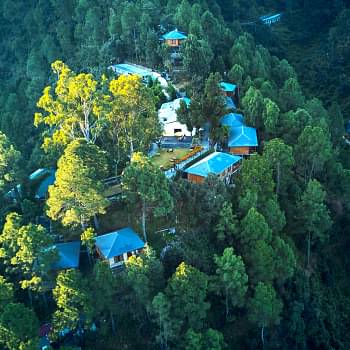
View all
140+
Resorts
October 27, 2025
CM Content Team
When most travellers think of Rajasthan, names like Jaipur, Udaipur, Jodhpur, and Jaisalmer Spring to mind. Majestic forts, lavish palaces, and golden deserts are what the brochures highlight, but there's another side to Rajasthan that remains quietly tucked away from the tourist glare. Welcome to the unexplored Rajasthan, a world of intricate stepwells, untouched havelis, rural desert charm, and ancient traditions that whisper stories of a bygone era. If you’ve been yearning for an offbeat escape that reveals the soul of Rajasthan without the crowds, this 5-day itinerary is your perfect route.
In this guide, we take you through three hidden gems of Rajasthan: Bundi, Barmer, and Bikaner. Each offers a unique experience, yet together they paint a portrait of Rajasthan that few ever truly see.
The ideal time to explore these hidden gems of Rajasthan is during the winter months, when the weather is pleasant and perfect for sightseeing.
Recommended Travel Months: October to March
This thoughtfully curated route blends hidden heritage, desert charm, and cultural depth, perfect for travellers seeking an offbeat Rajasthani experience.
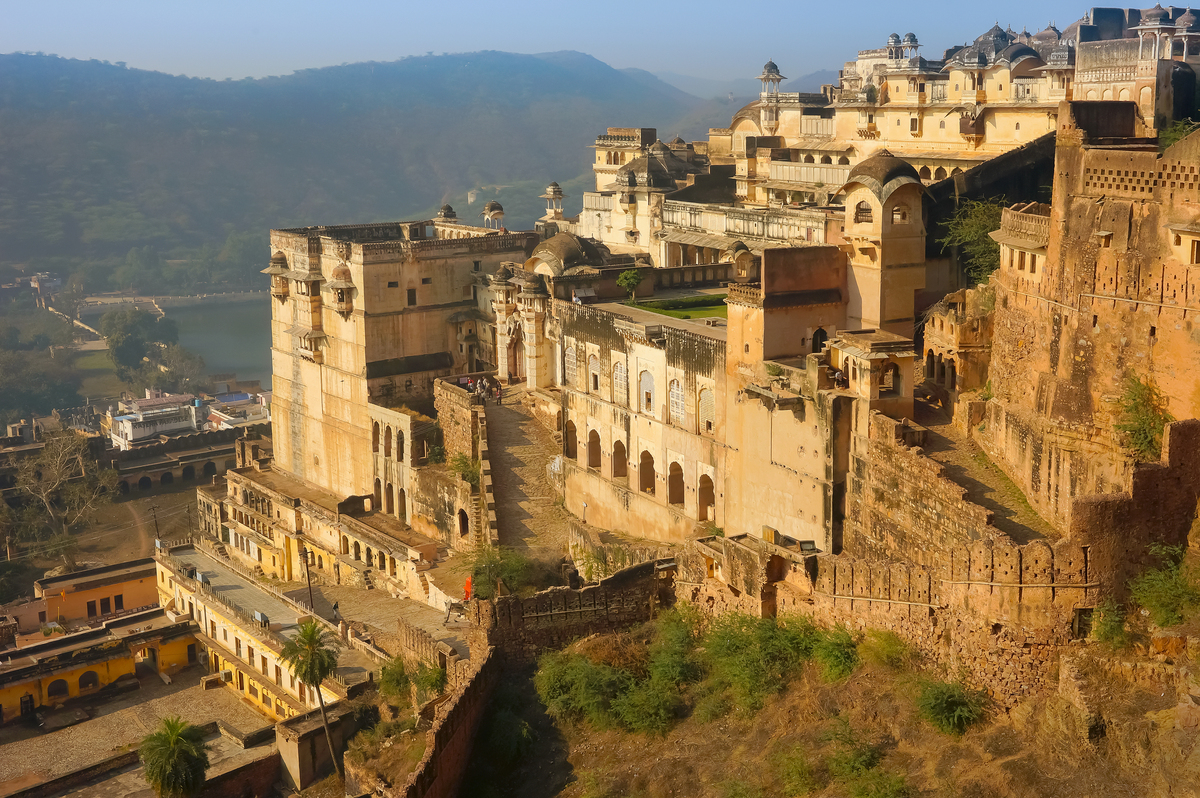
Jaipur → Bundi (Approx. 210 km, 4.5 hrs drive)
Start your journey in Bundi, a charming town nestled in the Hadoti region of Rajasthan. Unlike the overly commercialised royal cities, Bundi is still wrapped in an air of mystique. Cobbled lanes, blue-washed houses, and centuries-old structures give it a serene, almost untouched appeal. Life here moves at its own unhurried pace, inviting you to slow down and soak in its timeless charm. With every corner revealing intricate architecture and forgotten tales, Bundi feels like a living museum waiting to be explored, making it a perfect starting point for any thoughtfully planned Bundi itinerary.
Highlights of Bundi:
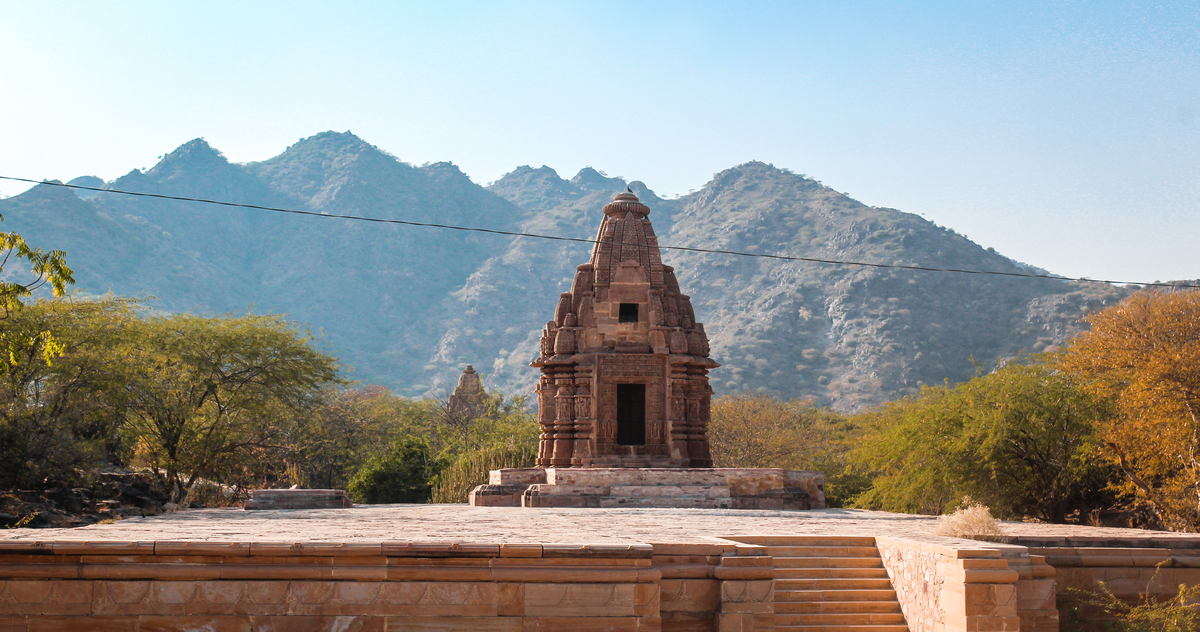
Bundi → Barmer (Approx. 460 km, 8 hrs drive)
Get ready for a long but scenic drive through rustic Rajasthan. Stop for a hearty Rajasthani thali en route, and let the vast desert landscapes set the tone for Barmer, a place few tourists venture. Barmer lies close to the India-Pakistan border and is one of Rajasthan’s most offbeat destinations. Known for its wood carving, block printing, and traditional music, it offers a deep cultural immersion.
Highlights of Barmer:
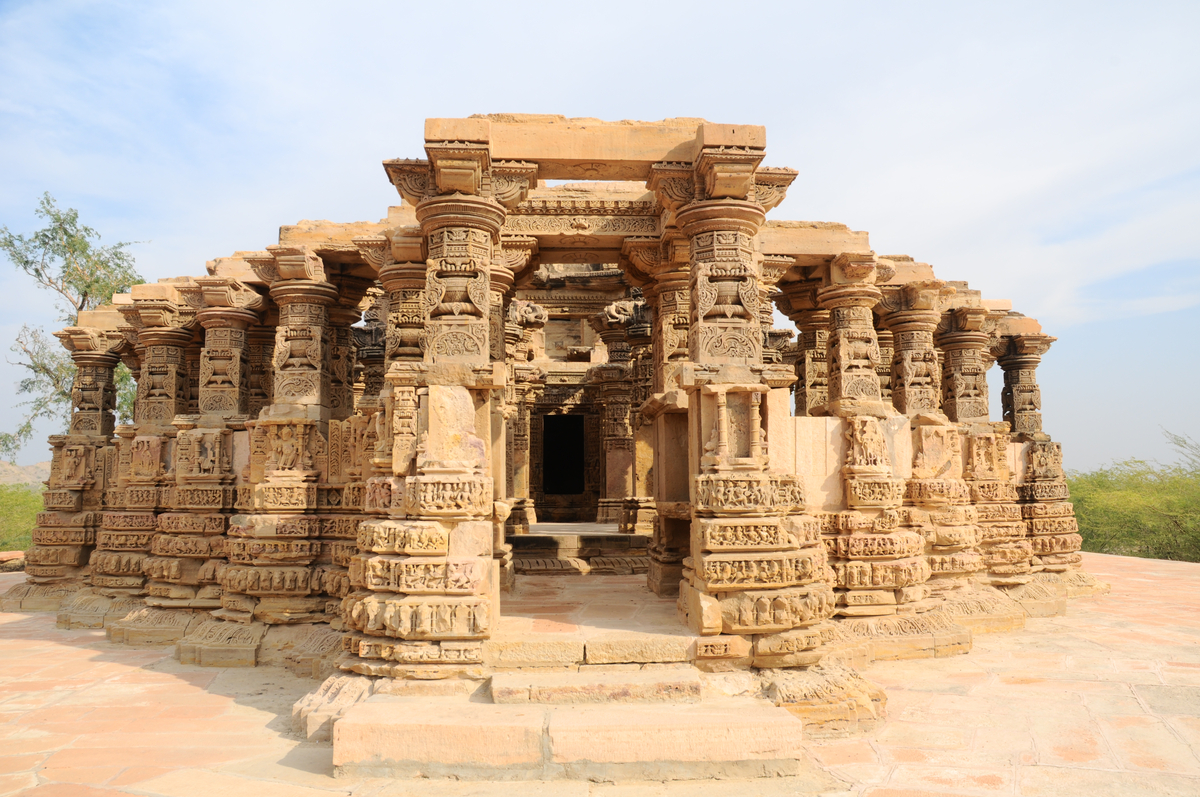
Dedicate a full day to deepening your connection with Barmer’s artistry and slow travel.
Things to Explore:
You’ll leave Barmer with more than just souvenirs; you’ll carry back stories, flavours, melodies, and moments from the heart of Rajasthan that no guidebook can ever truly capture.
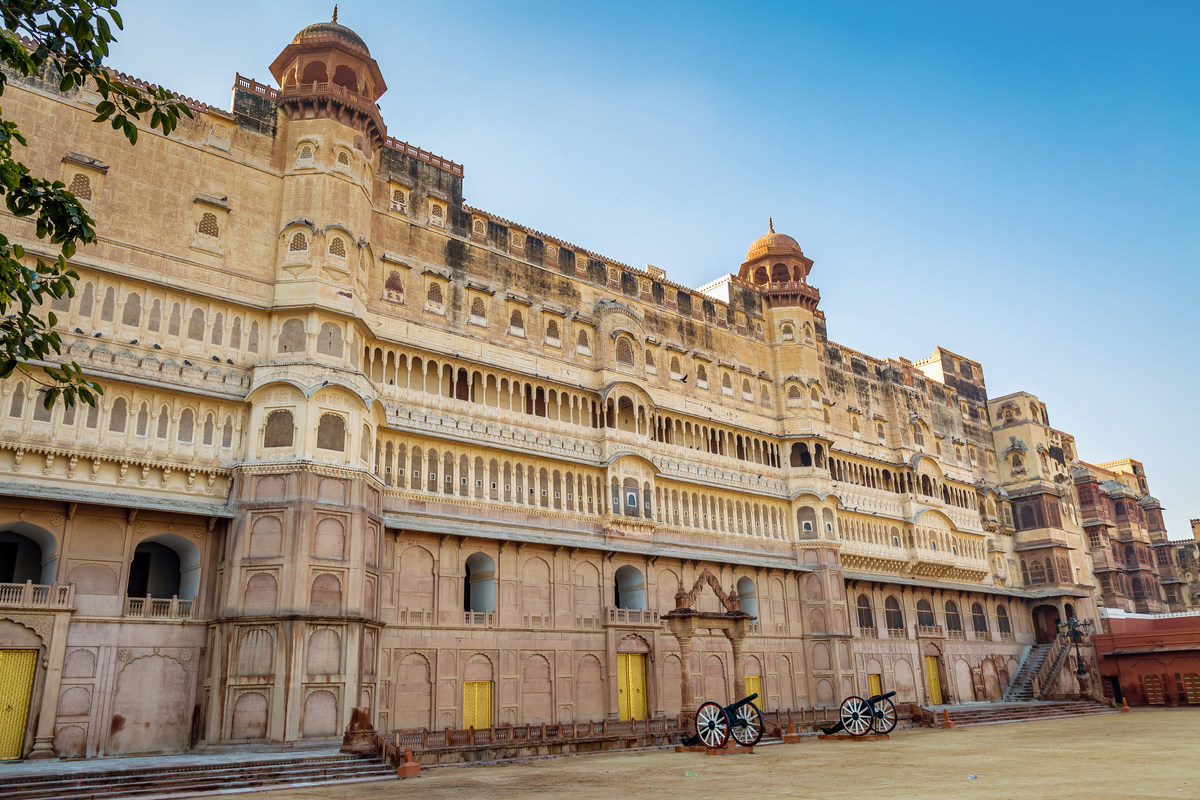
Barmer → Bikaner (Approx. 450 km, 8 hrs drive)
Another long road trip awaits, but Bikaner’s hidden grandeur is worth every mile. Unlike Jaipur or Udaipur, Bikaner’s opulence is wrapped in old-world charm. Camels, red sandstone architecture, and rich culinary heritage await. The city feels like a living canvas of royal Rajputana history, untouched by mass tourism. Every corner, from ornate havelis to spice-laden markets, tells a story waiting to be uncovered, making it an essential part of any offbeat Bikaner itinerary.
Highlights of Bikaner:
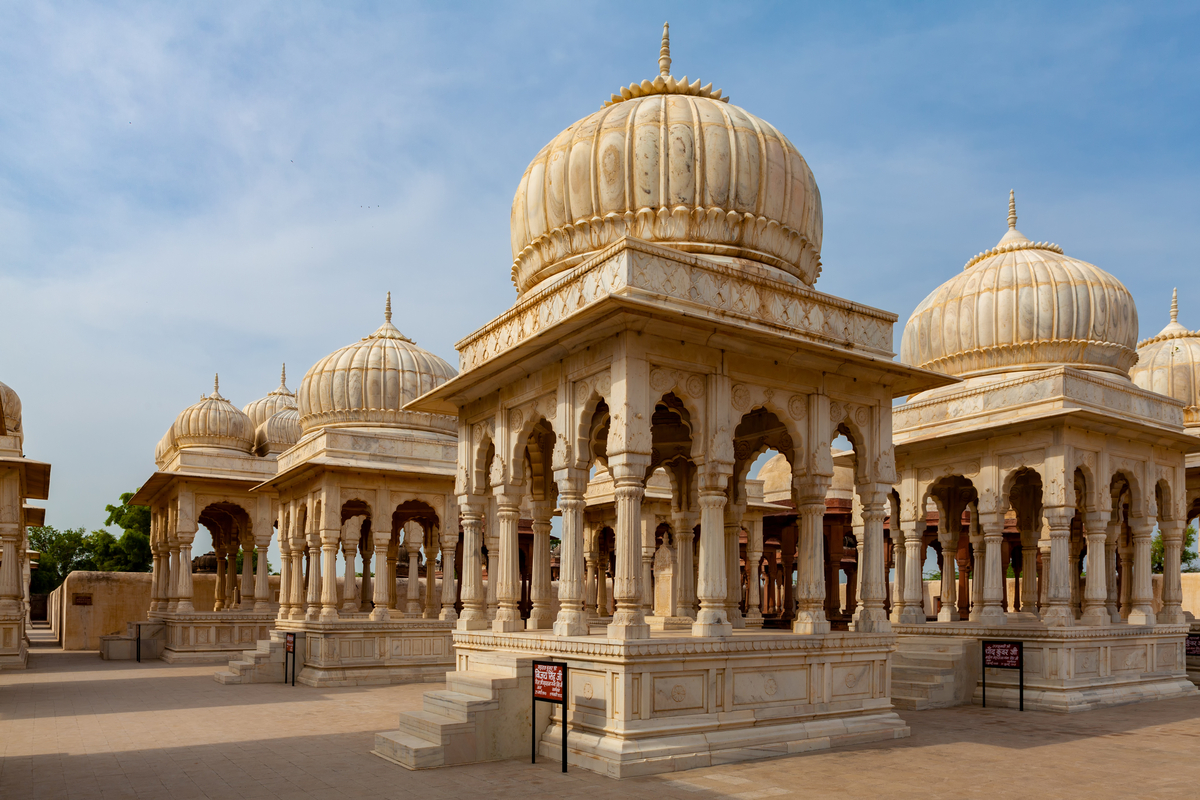
Spend your final day soaking in Bikaner’s slower pace and discovering a few lesser-known gems before heading back. Let the city’s quiet elegance, historic charm, and lingering flavours leave a lasting impression as you wrap up your journey through unexplored Rajasthan.
Hidden Spots for the Last Day:
Also Read: Things to do in Rajasthan
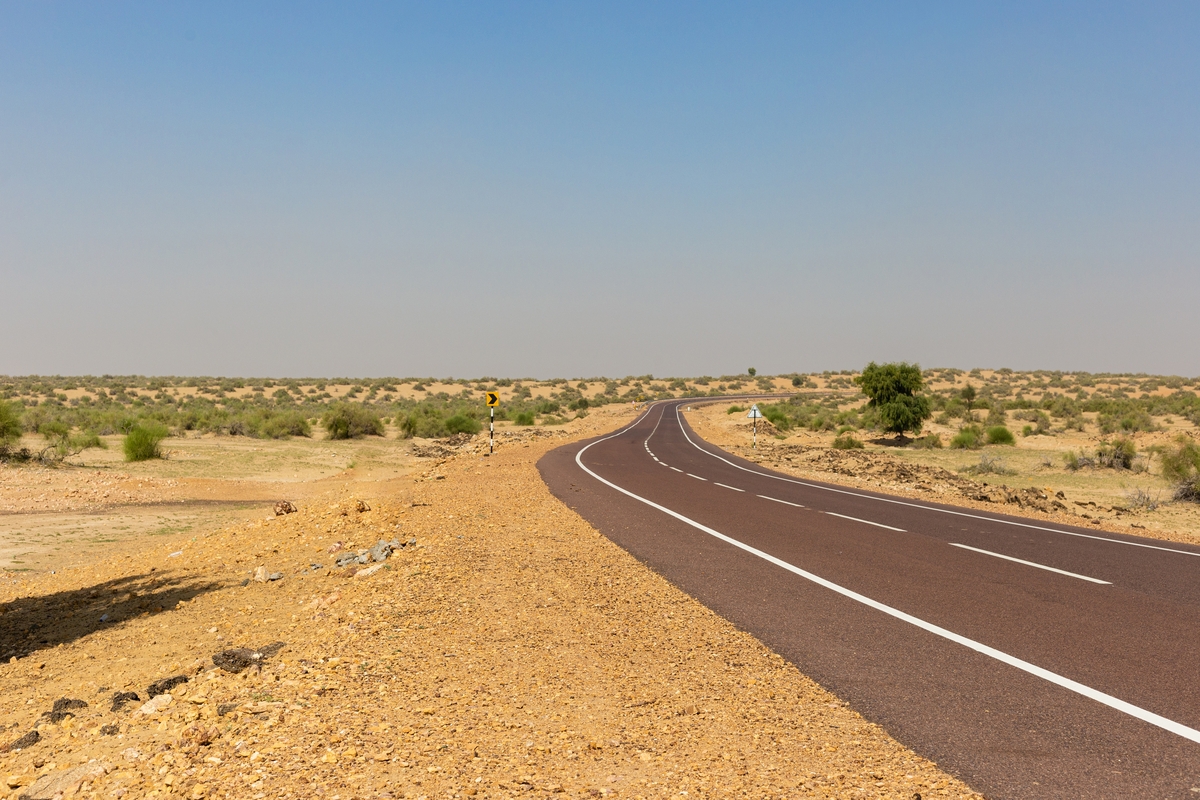
Rajasthan is well-connected to the rest of India by air, rail, and road, making travel convenient and flexible.
Rajasthan has several domestic airports, with major ones in Jaipur, Udaipur, Jodhpur, Bikaner, and Kishangarh. Jaipur International Airport (JAI) is the largest and best-connected, with regular flights from major Indian cities like Delhi, Mumbai, Bangalore, and Kolkata, as well as a few international destinations.
An extensive railway network connects Rajasthan to almost every part of India. Major railway stations include Jaipur, Jodhpur, Udaipur, Kota, Bikaner, and Ajmer. Trains from Delhi, Mumbai, Ahmedabad, Chennai, and Kolkata run frequently and are a comfortable and economical way to travel.
Rajasthan has a well-developed road network with national highways linking it to neighbouring states. You can drive in by car, or take government and private buses from nearby cities like Delhi, Ahmedabad, Agra, and Chandigarh. Road travel is scenic and smooth, especially along the desert routes and rural highways.
Club Mahindra Jaipur Resort offers a culturally rich and comfortable stay in the vibrant capital of Rajasthan. Designed with traditional Rajasthani architecture and warm interiors, this resort in Jaipur provides a welcoming retreat after a day of exploration. Guests can enjoy well-appointed rooms, a swimming pool, spa facilities, and local Rajasthani cuisine. Ideal for families and couples alike, the resort combines modern convenience with regional charm.
Club Mahindra membership gives you access to over 140+ Club Mahindra resorts across India and abroad, including scenic destinations like Rajasthan, Goa, Kerala, and more. Members enjoy curated holiday experiences, family-friendly activities, and comfortable stays year after year. With flexible travel options and a wide choice of locations, it’s perfect for planning memorable getaways. Thousands of happy member reviews reflect the value and joy the membership brings to vacation planning.
This 5-day itinerary through Bundi, Barmer, and Bikaner reveals a Rajasthan far removed from guidebooks and tourist circuits. It’s a land where forts whisper forgotten tales, villagers smile from behind veils, and ancient arts still thrive in dusty workshops. Whether you're a first-time traveller or a Rajasthan regular, venturing into these offbeat places in Rajasthan will change how you see the state forever.
So, skip the palace tours and camel rides that everyone else is doing. Dive into the unexplored, embrace the unfamiliar, and uncover the true hidden gems of Rajasthan.
Mahindra Holidays & Resorts India Ltd. (MHRIL), a part of Leisure and Hospitality sector of the Mahindra Group, offers quality family holidays primarily through vacation ownership memberships and brings to the industry values such as reliability, trust and customer satisfaction. Started in 1996, the company's flagship brand ‘Club Mahindra’, today has over 300,000 members , who can holiday at 140+ resorts in India and abroad.
We use cookies to personalise content and to provide you with an improved user experience.By Continuing to browse this site you consent to the use of cookies.Please visit our cookie policy for further details.

Welcome to ClubMahindra.com In order to provide a personalised experience for you, we use cookies to enable some website functionality. Cookies help us see which articles most interest you; allow you to easily share articles on social media channels; permit us to deliver content personalised to your interests and locations; along with many other site benefits. For more information, please review our Cookie Policy
When you visit any website, it may store or retrieve information on your browser, mostly in the form of cookies. This information might be about you, your preferences or your device and is mostly used to make the site work as you expect it to. The information does not usually directly identify you, but it can give you a more personalized web experience. Because we respect your right to privacy, you can choose not to allow some types of cookies. Click on the different category headings to find out more and change our default settings. However, blocking some types of cookies may impact your experience of the site and the services we are able to offer.
Because we respect your right to privacy, you can choose not to allow some types of cookies and you have the right to withdraw your consent by send a mail to email id [email protected]
These cookies are essential in order to enable you to move around the site and use its features, such as accessing secure areas of the site. Without these cookies, services you have asked for cannot be provided.
These cookies allow us to employ data analytics so we can measure and improve the performance of our site and provide more relevant content to you. These cookies don't collect information that identifies a visitor down to an individual level that is available to us. These cookies are not passing personally identifiable information to any external third party other than in limited cases when we engage a service provider to act on our behalf but who is then unable to use the data for their own purposes.
Performance cookies are generally third-party cookies from vendors we work with or who work on our behalf that collect information about your visit and use of the Club Mahindra website, for instance which pages you visit the most often, and if you get error messages from web pages. These cookies don't collect information that identifies a visitor. All information these cookies collect is anonymous and is only used to improve your overall experience on how the website works. Third party vendors may have access to this data and may use it to improve their overall services and offerings.
Functionality cookies allow a site to remember choices you make (such as your user name, language or the region you are in) and provide more enhanced, personal features. These cookies cannot track your browsing activity on other websites. They don't gather any information about you that could be used for advertising or remembering where you've been on the Internet outside our site.
Third-party advertising and social media cookies are used to (1) deliver advertisements more relevant to you and your interests; (2) limit the number of times you see an advertisement; (3) help measure the effectiveness of the advertising campaign; and (4) understand people's behaviour after they view an advertisement. They are usually placed on behalf of advertising networks with the site operator's permission. They remember that you have visited a site and quite often they will be linked to site functionality provided by the other organization. This may impact the content and messages you see on other websites you visit. If you do not allow these cookies you may not be able to use or see certain these sharing tools content on our website.